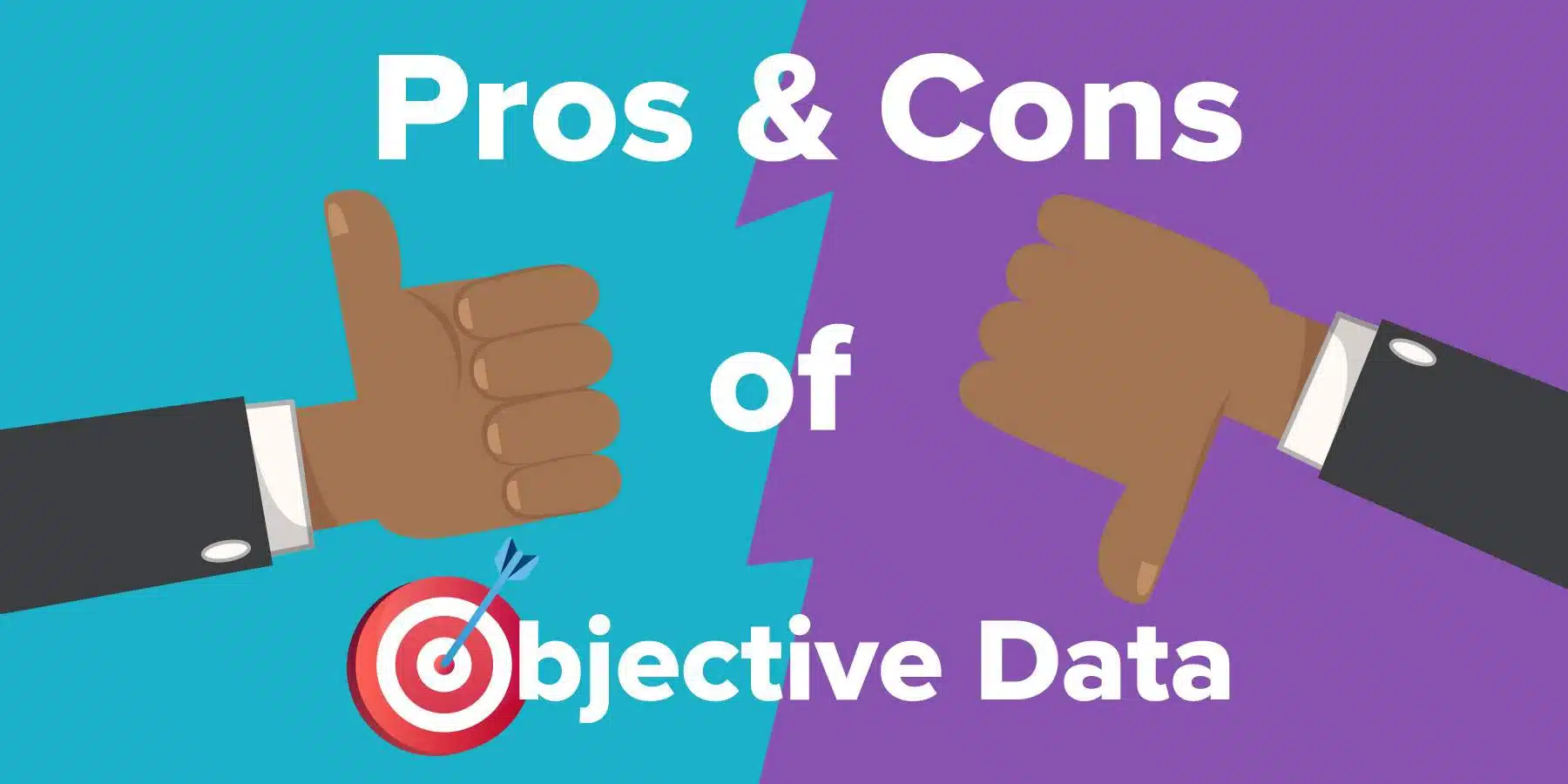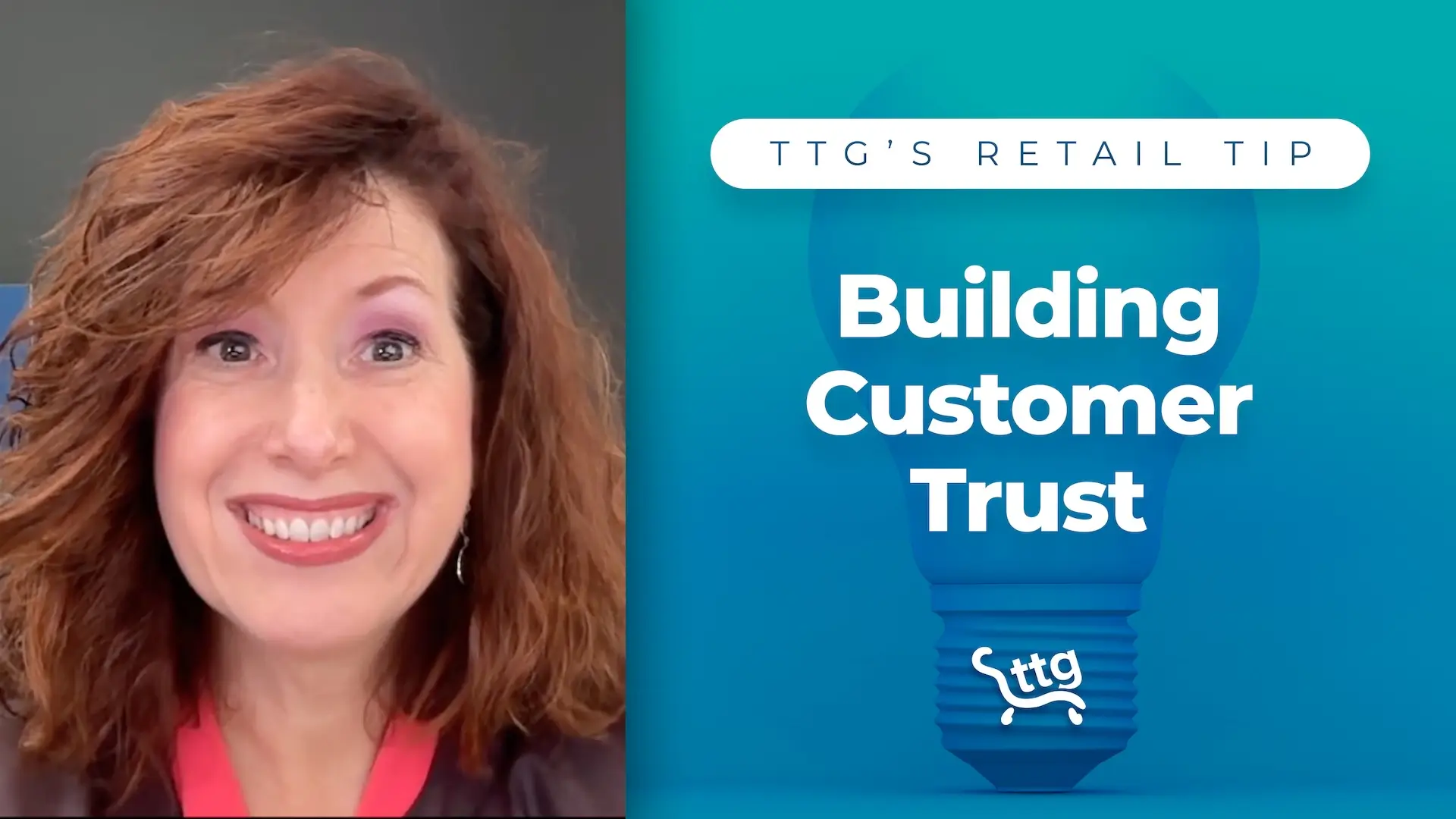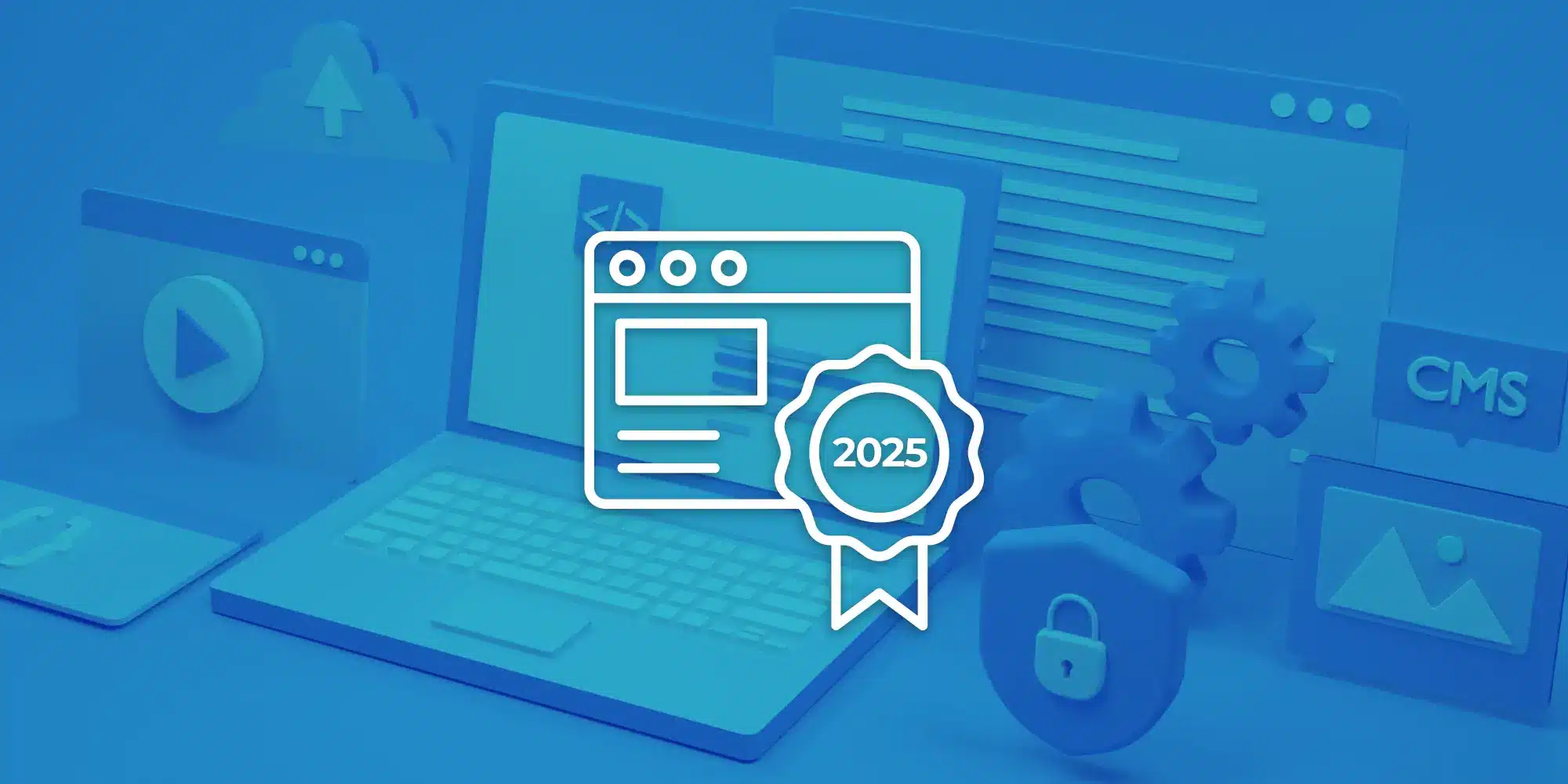Originally Posted in June 2018. Updated September 2021.
Key Takeaways:
– Objective data consists of measurable information.
– The collection of objective data can be automated and more easily analyzed than observational data because of its mathematical nature.
– Assessing and applying objective data effectively may require some data-cleaning expertise.
– The best way to use objective data is to combine it with observational data.
What is Objective Data?
Last week, we discussed the pros and cons of observational data. While observational data is a rich source of information for content marketing purposes, it can’t answer every question a business owner has. Objective data is the data captured by your website and social media analytics, as well as insights captured by any other channel. Objective data contains a combination of demographic information as well as a record of customer behaviors.
Examples of Objective Data in Marketing
- Demographics
Knowing who you’re selling to is critical when it comes to getting your messaging right. Look to demographic data to tell you who is listening to and interacting with your brand. - Impressions
Understanding how many people are reached by your ads (vs how many ultimately take action) can show you how accurate your audience is, or how effective your creative is. - Revenue
You can’t fake sales. Taking a look at your revenue, as well as cost-per-click data and ROIs can help you better understand which of your marketing efforts are worth their weight in gold. - Conversion Rates
The number of form submissions, button clicks, or downloads you receive show you exactly how effective a landing page, ad, or other collateral has been.
Growing your business becomes easier when you work with your objective data regularly.
Not only are there various types of objective marketing data, but there are multiple dimensions that must be understood and focused on. For example, various data points that paint the entire picture… like the length of video watched is an important metric, but you also need to focus on other dimensions, such as the version of the creative in question and the context of the creative itself.
Allen Martinez for Martech
The Upside
When we consider the pros of objective data, we have to begin with the fact that objective data is, well, objective. Having an accurate, impartial record of what actually happened on your website and social media might validate what you think about what your customers think and feel – or it might reveal that your understanding is off base. Objective data is mathematical, which means no subjective interpretation is required. Capturing and analyzing objective data is a much faster process than doing the same with observational data, in part because much of the process can be automated.
The Downside: Some Assembly Required!
Objective data is such a powerful business-building tool. So why isn’t everyone using it? Honestly, it’s because there’s some work involved. The setup process, including ensuring that data capture and analysis tools are installed and configured properly, can be challenging. Data often needs to be cleaned up before its true value can be discerned; this is great news for the detail-oriented person who loves working with technology, but for everyone else, it can be a chore. There is also a bit of nuance to interpreting your data, since facts and figures can often only show you what happened, but not why it happened that way.
Making the Most of Your Objective Data
Growing your business becomes easier when you work with your objective data regularly. Objective data is granular, which means the further you investigate, the more and more detail you can learn. Use objective data in combination with observational data for best results. The combination of objective and observational data is called Smart Data – it’s what you need to make better business decisions! Want more help collecting, understanding, and applying data? Check out these offerings from our experts.




